Whether you plant them or pick them up at the grocery store or farmers’ market, adding fresh herbs is a quick way to transform ordinary meals into extraordinary meals.
Besides helping flavor foods when cutting back on salt, fat and sugar, herbs may offer additional benefits of their own.
Researchers are finding many culinary herbs (both fresh and dried) have antioxidants that may help protect against diseases such as cancer and heart disease.
Take some thyme to cook with fresh herbs. Here are some tips to help you enjoy the flavor and health benefits of fresh herbs in your cooking!
-
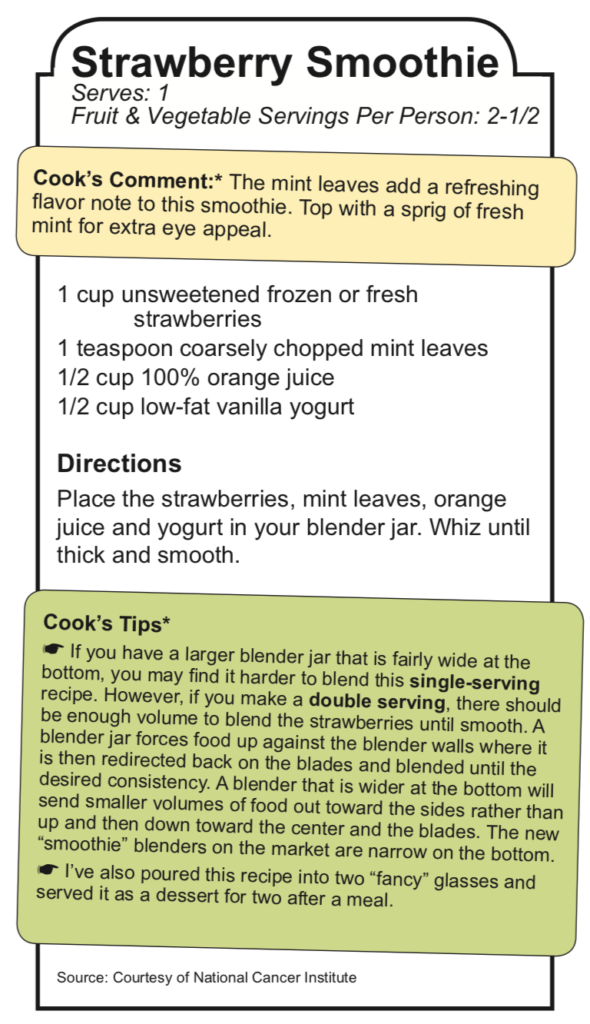 Purchase herbs close to the time you plan to use them. When growing herbs in your own garden the ideal time for picking is in the morning after the dew has dried but before the sun gets hot. This helps ensure the best flavor and storage quality.
Purchase herbs close to the time you plan to use them. When growing herbs in your own garden the ideal time for picking is in the morning after the dew has dried but before the sun gets hot. This helps ensure the best flavor and storage quality. -
A general guideline when using fresh herbs in a recipe is to use 3 times as much as you would use of a dried herb. When substituting, you’ll often be more successful substituting fresh herbs for dried herbs, rather than the other way around. For example, think potato salad with fresh vs. dried parsley!
-
Fresh herbs can be stored in an open or a perforated plastic bag in your refrigerator crisper drawer for a few days. If you don’t have access to commercial perforated bags, use a sharp object to make several small holes in a regular plastic bag.
-
Unlike dried herbs, fresh herbs are usually added toward the end in cooked dishes to preserve their flavor. Add the more delicate herbs — basil, chives, cilantro, dill leaves, parsley, marjoram and mint — a minute or two before the end of cooking or sprinkle them on the food before it’s served. The less delicate herbs, such as dill seeds, oregano, rosemary, tarragon and thyme, can be added about the last 20 minutes of cooking. Obviously, for some foods, such as breads, batters, etc., you’ll need to add herbs at the beginning of the cooking process. Fresh herbs can be added to refrigerated cold foods several hours before serving. Allow time (at least a couple of hours, if possible) for cold foods with herbs to chill helps the flavors to blend.
-
For most recipes, unless otherwise directed, mince herbs into tiny pieces. Chop with a chef’s knife on a cutting board or snip with a kitchen scissors. To speed cutting with a scissors, cut herbs coarsely into a small bowl or cup and snip back and forth with your scissors. Some recipes may direct you to cut large leaves, such as basil, “chiffonnade-style” or into thin strips. An easy way to do this is to stack several leaves (about 3 to 5), roll into a tight roll, then cut into thin (1/16 to 1/8 inch) strips with a sharp knife.
-
Here are some ideas to help you start combining fresh herbs with your foods.
-
BASIL — a natural snipped in with tomatoes; terrific in fresh pesto; other possibilities include pasta sauce, peas, zucchini
-
CHIVES — dips, potatoes, tomatoes
-
CILANTRO — Mexican, Asian and Caribbean cooking; salsas, tomatoes
-
DILL — carrots, cottage cheese, fish, green beans, potatoes, tomatoes
-
MINT — carrots, fruit salads, parsley, peas, tabouli, tea
-
OREGANO — peppers, tomatoes
-
PARSLEY — The curly leaf is the most common, but the at-leaf or Italian parsley is more strongly flavored and often preferred for cooking. Naturals for parsley include potato salad and tabouli
-
ROSEMARY — chicken, fish, lamb, pork, roasted potatoes, soups, stews, tomatoes
-
SAGE — poultry seasoning, stuffings
-
TARRAGON — chicken, eggs, fish
-
THYME — eggs, lima beans, potatoes, poultry, summer squash, tomatoes
-
WINTER SAVORY — dried bean dishes, stews
-
Blog post written by Trainer, Sarah Oliver
VIM is now offering nutrition services with Trainer & Nutrition Coach, Christine Galvin!
Click below to find out how you can benefit from 1 on 1 Nutrition Coaching!
[button link=”https://vimfitness.com/nutrition/” text=”LEARN MORE” color=”green” size=”large” fullwidth=”true”]

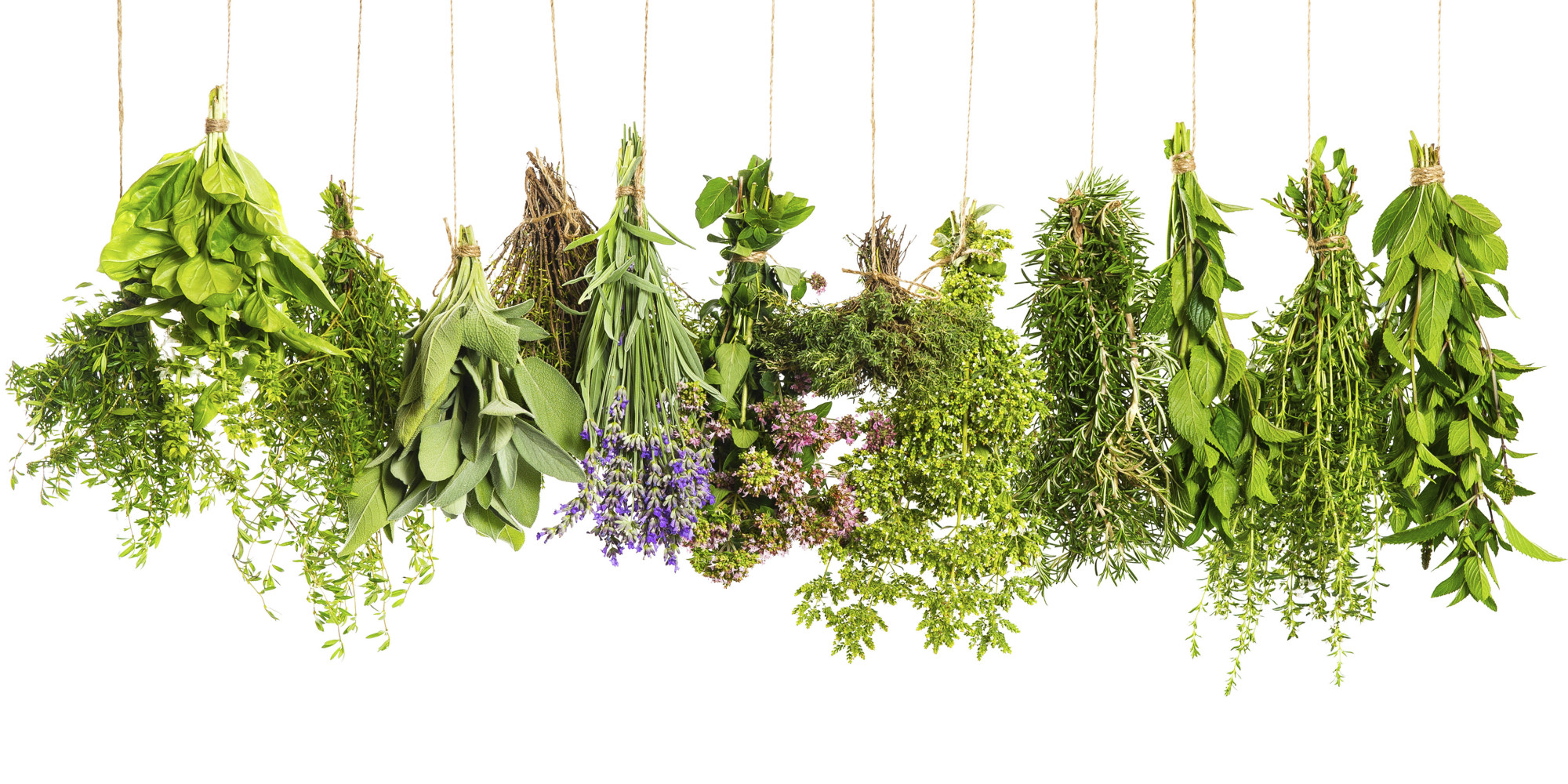

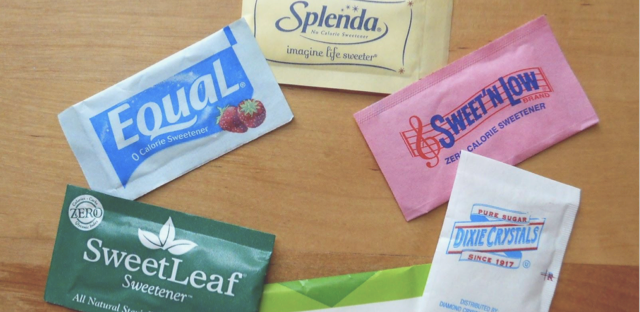




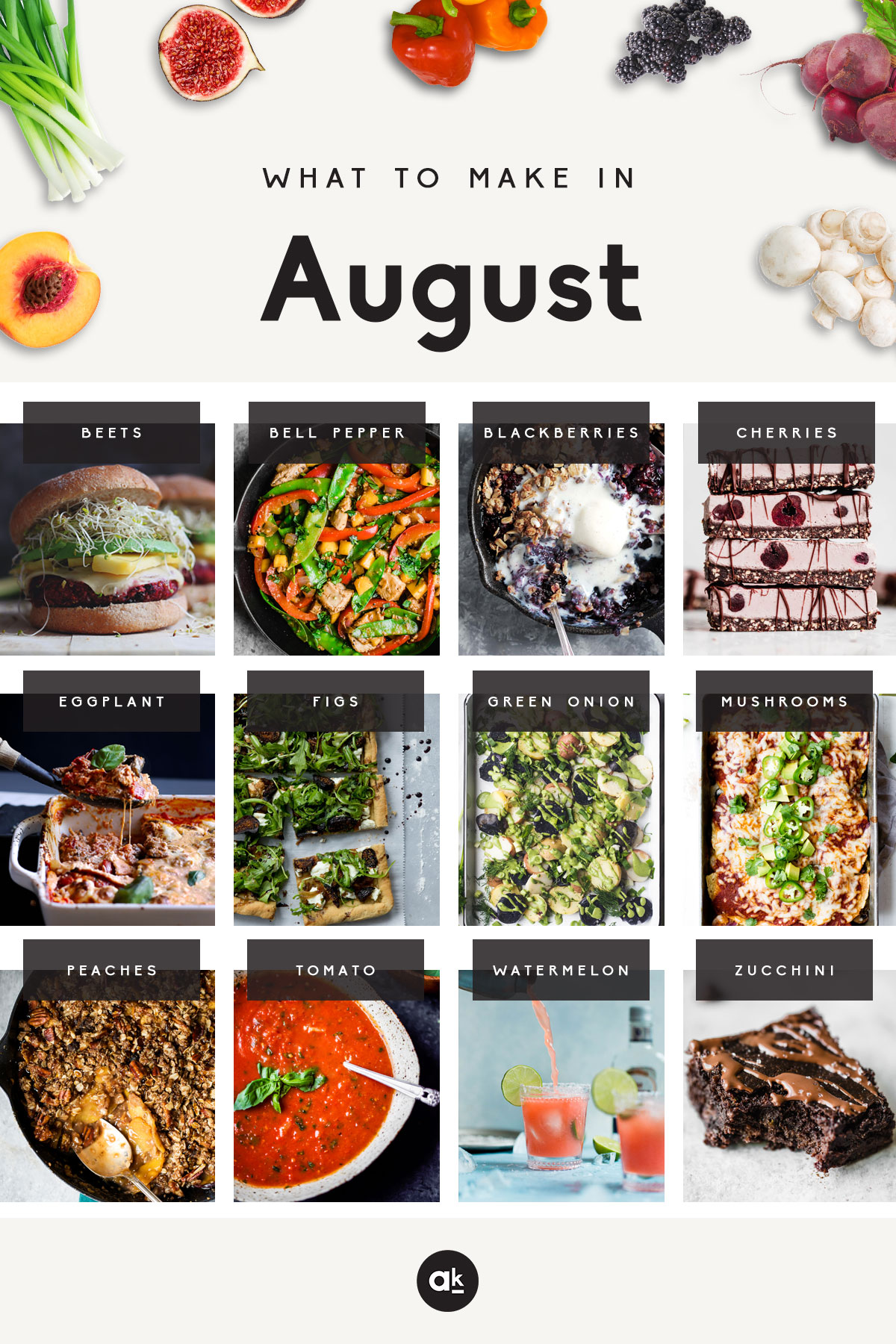







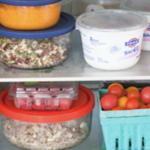

I really like the way you have explained the importance of cooking herbs in this article. Herbs can be really very healthy. I will definitely combine various kinds of herbs into my daily food as you have suggested in this article. Thank you for sharing this article. I will definitely share this article with my family and friends for their reference.
Thanks for the info. It is easier to understand, You’ve explained very well. Keep Posting,
Thanks for sharing its really important to explain about dietry cooking herb, keep sharing great content. Not only that, but herbs can help fill in the “flavor gaps” when you decrease or eliminate fat, sugar, and salt from your favorite recipes. And folks who are not big fans of vegetables may find the addition of an herb or two will lift the vegetable to whole new level.